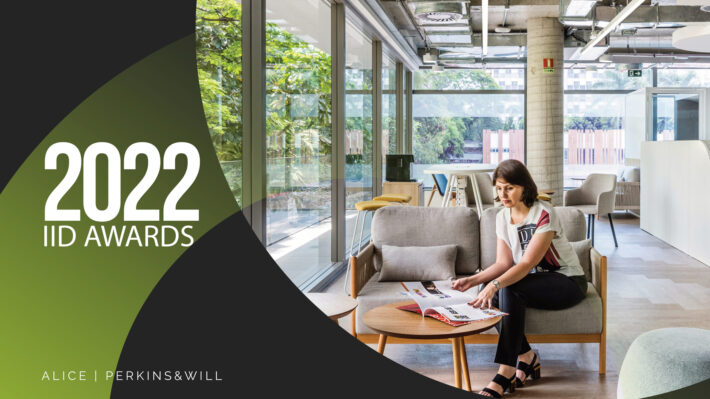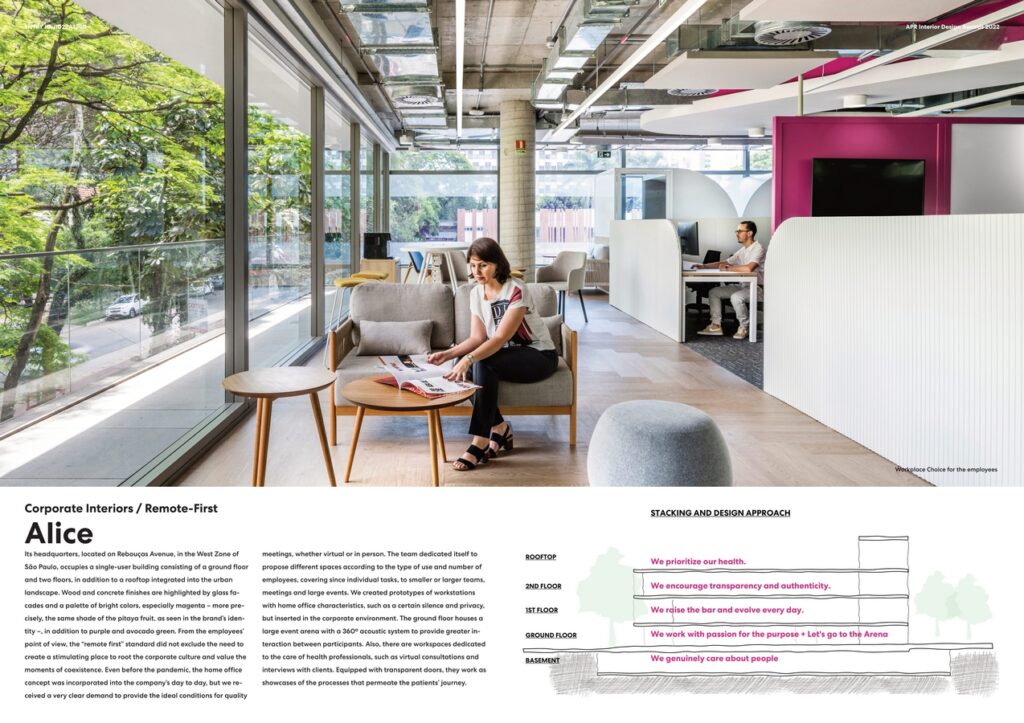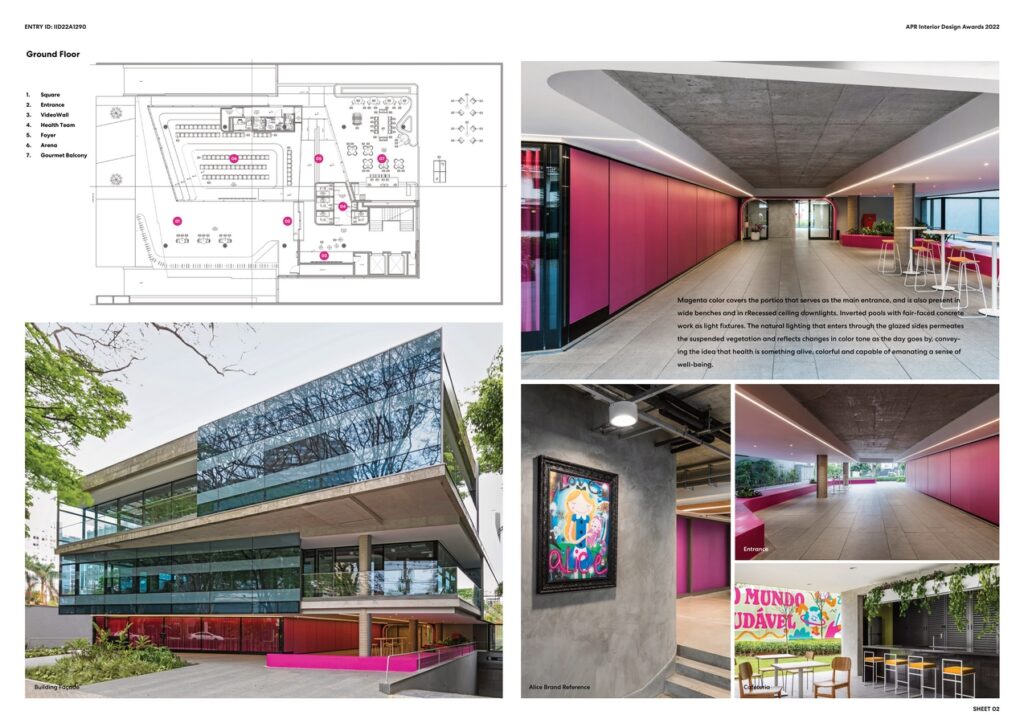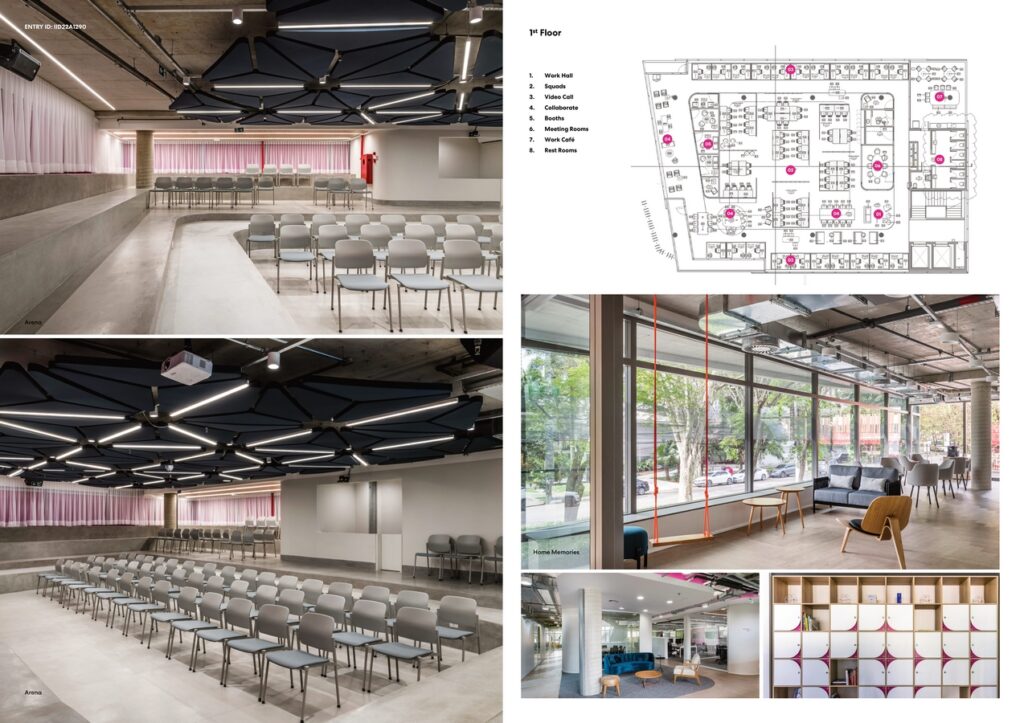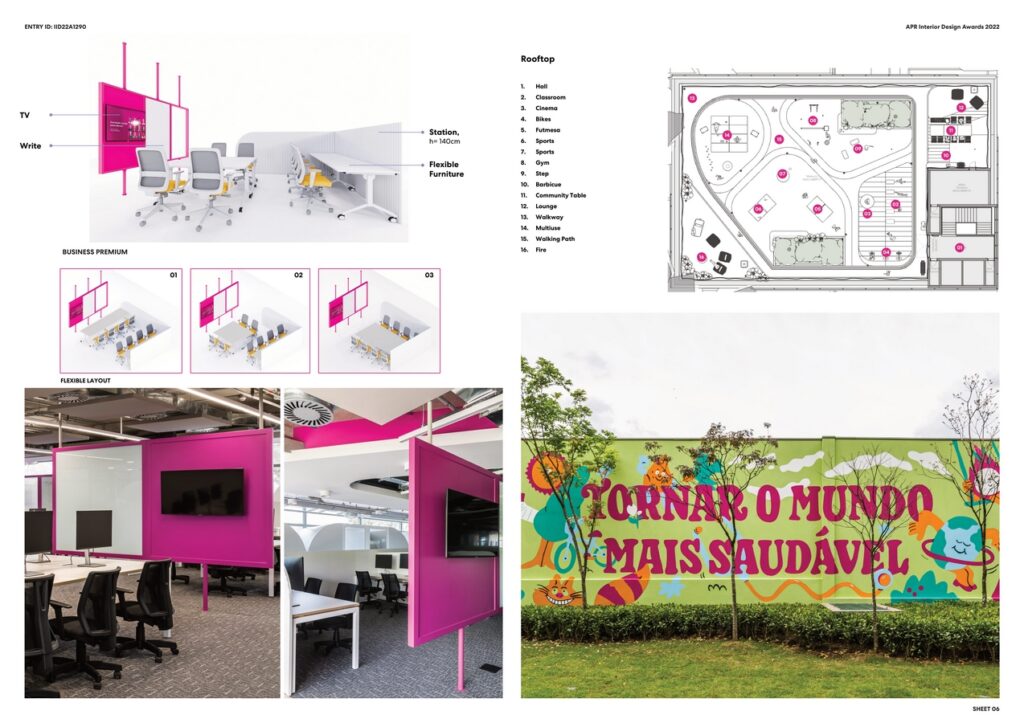Consolidating a corporate space for a digital native company was the main challenge of the interior design conceived by Perkins&Will São Paulo for the healthcare organization Alice. The company offers solutions in medical and preventive care using technology. With an emphasis on telemedicine, conducting anamnesis and proposing action schedules, healthtech has been expanding the scope of traditional health insurance based on a more integrated view of histories and procedures. At the beginning of September, it was featured as Top Startup of 2022 in the Melhores & Maiores awards, according to the Brazilian magazine EXAME, specializing in economics and business.
International Interior Design Awards 2023: Entries Open!
Take your work to the next level. Register Now…
Gold 🏆 Winner
International Interior Design Awards 2022 (IIDA 2022)
Alice
Corporate Interior
Firm
Perkins&Will
Building by
Aflalo&Gasperini
Architect/Designer
Fernando Vidal
Design Team
Fernando Vidal, Paula Caçador, Carlos Andrigo, Leandro Gushiken, Cesar Tadao, Fabio Jungstedt, Bruno Faraco
Location
São Paulo, Brazil
Country
Brazil
Photographer/Copyright
©Renato Navarro
Its headquarters, located on Rebouças Avenue, in the West Zone of São Paulo, occupies a single-user building consisting of a ground floor and two floors, in addition to a rooftop integrated into the urban landscape. Wood and concrete finishes are highlighted by glass facades and a palette of bright colors, especially magenta – more precisely, the same shade of the pitaya fruit, as seen in the brand’s identity –, in addition to purple and avocado green.
The ground floor houses a large event arena with a 360º acoustic system to provide greater interaction between participants. Also, there are workspaces dedicated to the care of health professionals, such as virtual consultations and interviews with clients. Equipped with transparent doors, they work as showcases of the processes that permeate the patients’ journey.
From the employees’ point of view, the “remote first” standard did not exclude the need to create a stimulating place to root the corporate culture and value the moments of coexistence. “Even before the pandemic, the home office concept was incorporated into the company’s day to day, but we received a very clear demand to provide the ideal conditions for quality meetings, whether virtual or in person”, says Fernando Vidal, Managing Director of Perkins&Will São Paulo.
The team dedicated itself to propose different spaces according to the type of use and number of employees, covering since individual tasks, to smaller or larger teams, meetings and large events. “We created prototypes of workstations with home office characteristics, such as a certain silence and privacy, but inserted in the corporate environment”, summarizes Leandro Gushiken, one of the architects of the team.
In this context, 2 shapes of individual spaces were created: one for temporary use, aimed at holding virtual meetings and connections; and another as a kind of cocoon, facilitating concentration on complex tasks for extended periods. “These are more exclusive spaces inspired by the comfort and privacy that some airlines offer to premium passengers”, explains architect Carlos Andrigo, who also worked on the project.
Keeping up with the analogy, an intermediate category was created, a little less private, equivalent to a business class. It is composed of areas demarcated by medium height screens and comfortably hosts 8 to 16 people, creating an environment conducive to working together, or squads. Finally, there are the more accessible, shareable areas where everyone is welcome, like in a large coworking space. “We translate these differences into the layout using a certain architectural cunning, encompassing furniture, lighting and new typologies”, says Leandro Gushiken.
Magenta color covers the portico that serves as the main entrance, and is also present in wide benches and in rRecessed ceiling downlights. Inverted pools with fair-faced concrete work as light fixtures. The natural lighting that enters through the glazed sides permeates the suspended vegetation and reflects changes in color tone as the day goes by, conveying the idea that health is something alive, colorful and capable of emanating a sense of well-being.


